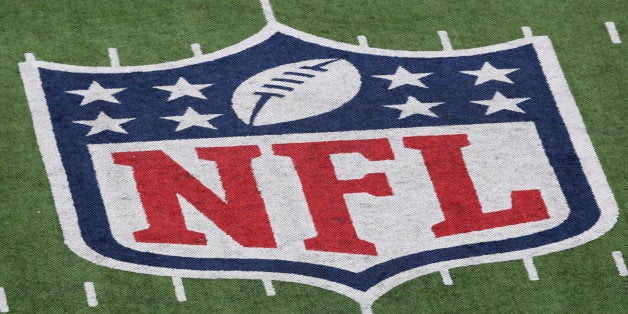
Just when you thought it was safe to trust the NFL to handle the issues of concussions and long-term brain damage appropriately, the league reverted to form and proved otherwise.
After five years of countless starts and stops, everything was in place to launch, arguably, the most important program in NFL history. Sensors, which measure magnitude, location and frequency of hits, would be placed in players' helmets next season. These devices, which have been successfully employed on the collegiate and youth levels for over a decade, were now ready for prime time.
Then, on February 19th, as reported by Steve Fainaru of ESPN, the NFL surprised everyone and announced it would temporarily suspend implementation of the in-helmet sensor program.
Here's what we were told. According to Dr. Robert Cantu, a member of the NFL's Head, Neck and Spine Committee and Dr. Kevin Guskiewicz, a member of the committee and the research coordinator, the data generated by the pilot program fell short of expectations. According to the New York Times, Cantu questioned how reliable the data was and Guskiewicz noted that there was "difficulty determining the location and severity of the impacts."
Dr. Stefan Duma, who along with Guskiewicz pioneered this technology at the collegiate level, had this to say when he heard the NFL had pulled the plug on the program, via NYT: "I continue to think that while not perfect, the sensors are valuable and give reasonable data that is useful."
It's hard to imagine that Guskiewicz, who used sensors to record and study several hundred thousand head impacts involving the University of North Carolina's football team, would not know every nuance surrounding their efficacy. Consequently, the committee suddenly questioning the reliability of the technology doesn't quite pass the smell test.
All of this leads to the following conclusion: other issues were probably responsible for tanking the project forcing Guskiewicz to be a good soldier and go along with the league's decision to indefinitely suspend the program.
On the surface it's hard to imagine that the NFL and the players' association wouldn't agree on the importance of the project. Right? Who wouldn't want a program that would help to accurately diagnose concussions in real-time while simultaneously collect impact data by both player and position for long term monitoring of brain health?
As it turns out, the two-headed elephant in the room is, in all probability, that both the players and the league don't really want the program -- but for different reasons.
The NFL has always been about image. Now that the retired players' lawsuit reached a preliminary settlement (which was clearly a victory for the league) and a better concussion protocol is in place, the NFL would like to get the spotlight away from concussions. The league does not want any headlines suggesting the game is more dangerous than previously thought. Bad press effects the bottom line. The impact data from the 2013 pilot program might contain exactly that -- scary numbers in terms of both frequency and magnitude of hits to the head. And don't think that this information wouldn't eventually leak out leading to an Edward Snowden moment.
The good news for the league is the players are in agreement. For the players, however, it's all about money. The average career length for an NFL player is 3.2 years, according to NFLPA Executive Director DeMaurice Smith (Commissioner Roger Goodell says it's closer to six years). The average salary is around $2 million as of the 2013 season, less than the other professional sports leagues. Moreover, the major jump in salary typically occurs at the time when most players are already out of the league. Hence, the window for football players to make their money is tight. For them, anything that might limit playing time by suggesting they are damaged translates into shorter careers. Sensors, potentially, would do just that.
Who can blame them? When you're young, strong and an NFL player, it's impossible to imagine not being immortal. And when you factor in money, the probability of the players supporting this system without a full understanding of how it would be implemented is zero.
And that's exactly what happened. The players' association was not going to sign off on the project using the confidentiality issue as the deal breaker for them.
The saddest part of the sensor project's indefinite suspension is the value that could have come from it. Aside from the concussion issue, think how much sub concussive data -- information implicated in the development of Chronic Traumatic Encephalopathy (CTE) -- could have been generated by the program's implementation.
Unfortunately, it's probably never going to happen because as typically is the case, it's all about money. The NFL's mantra seems to be "protect the shield, not the players." The players' mantra seems to be, "protect the wallet, not the brain."
It looks like the league outmaneuvered the players again.